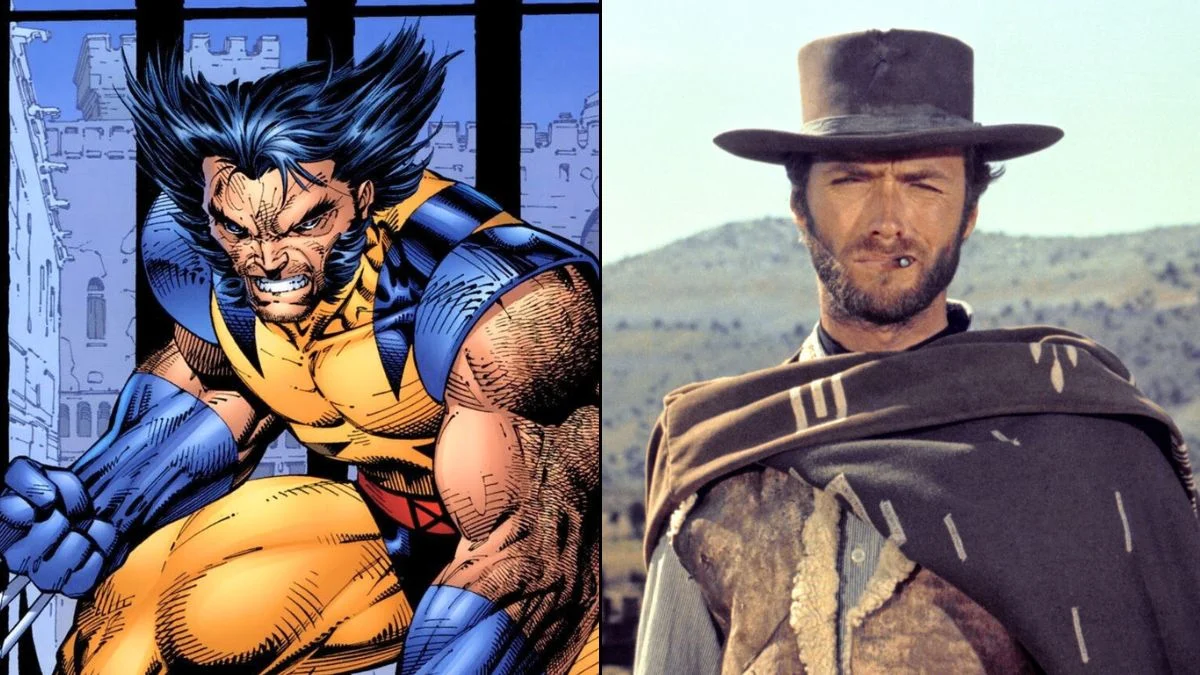
Marvel often draws inspiration from real people when creating its iconic heroes and villains. This influence can be seen in everything from a character’s appearance and clothing to their personality, how they speak, and their overall public persona. These inspirations, which come from classic and contemporary actors and figures, are often why characters feel instantly recognizable.
Here are ten instances of famous people clearly influencing popular Marvel characters. We’ll look at how these characters first appeared, who created them, the specific traits inspired by those celebrities, and how artists and writers brought those inspirations to life on the page.
Tony Stark – Howard Hughes

I’ve always been fascinated by the origins of iconic characters, and Tony Stark’s is a great one. He first appeared way back in 1963, in ‘Tales of Suspense’ #39, created by Stan Lee, Larry Lieber, Don Heck, and Jack Kirby. The initial concept was a super-smart weapons inventor who also happened to be the head of a huge company. Stan Lee himself has said that Howard Hughes was a big inspiration – a brilliant engineer who owned factories, pushed the boundaries of technology, and was constantly in the public eye, funding ambitious projects.
Hughes heavily influenced the creation of Tony Stark as a visionary in both aviation and technology, a successful businessman, and a celebrity constantly in the public eye. Stark’s company, frequent travel, and dedication to new inventions all reflected the life of the real-life inspiration, providing a clear model for artists and writers to build Stark’s appearance, habits, and high-tech environment.
Nick Fury – Samuel L. Jackson
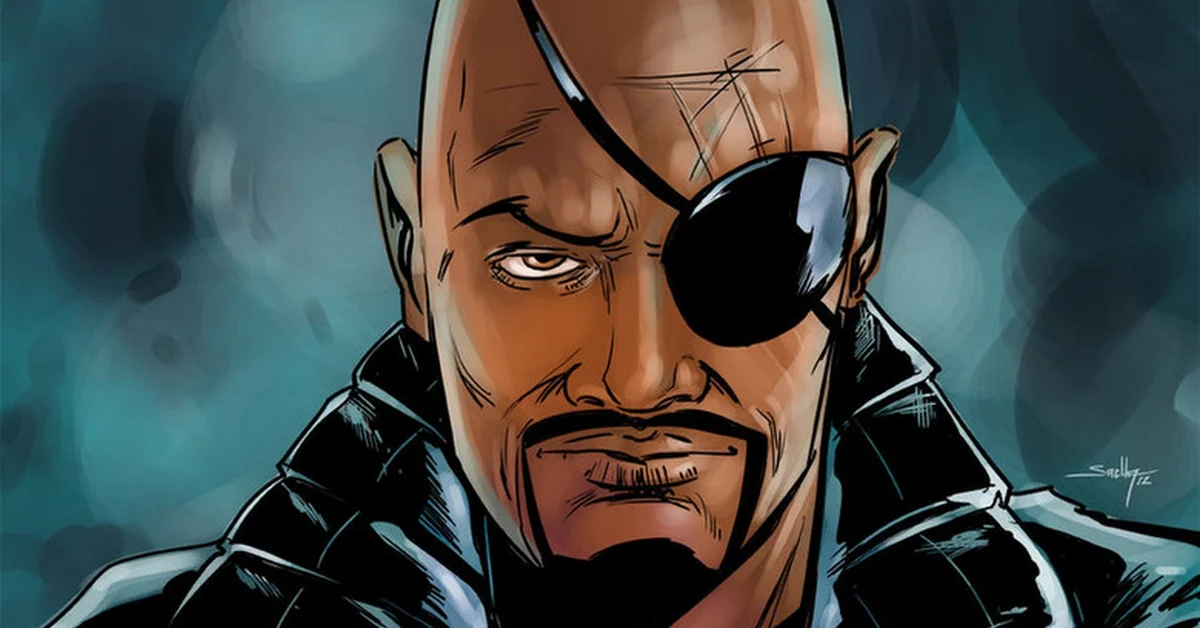
I was so excited when Nick Fury showed up in ‘The Ultimates’ back in the early 2000s! The creators, Mark Millar and Bryan Hitch, did something really cool – they actually designed him to *look* like Samuel L. Jackson. It was way before the Marvel movies even started, and it completely changed how we saw Fury. This version felt modern and instantly reminded you of Jackson’s amazing presence, right down to his posture and how he carried himself. It just *worked*.
The character’s initial design in the comics heavily influenced how the films looked and felt. Details like the eyepatch, shaved head, and long coat were updated to fit a modern spy style, but they still captured the look fans expected from the actor who played the part.
Doctor Strange – Vincent Price

Doctor Strange debuted in ‘Strange Tales’ #110 in 1963, created by Stan Lee and Steve Ditko. Ditko designed the character with a distinguished appearance – a pointed goatee, strong cheekbones, and a sophisticated face – heavily inspired by actor Vincent Price, who was well-known for his roles in classic horror and mystery films. This gave the sorcerer an immediate image of being a refined and knowledgeable master of the mystic arts.
Artists continued this style, dressing the character in theatrical capes and giving him expressive hands and a confident posture, all reminiscent of Price’s performance. The way the character spoke and carried himself – his dignified manner and showman-like gestures – matched the actor’s established image and helped set him apart from the more scientifically-minded heroes of the time.
Wolverine – Clint Eastwood
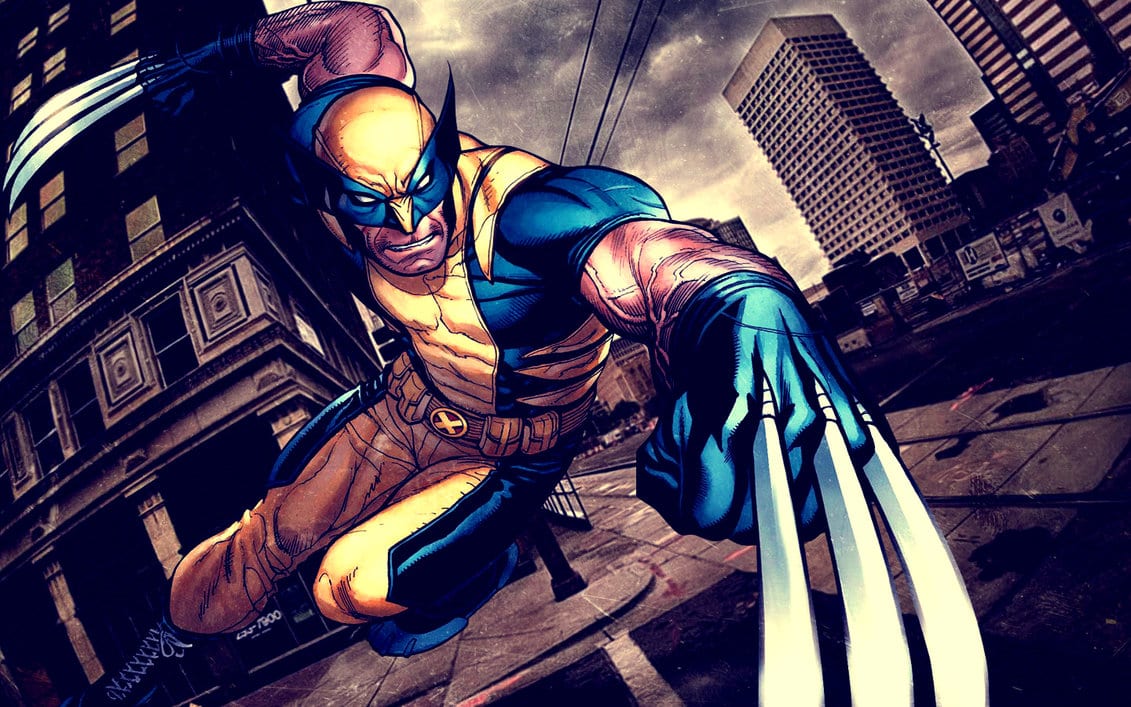
Wolverine first appeared in issues 180 and 181 of ‘The Incredible Hulk’ in 1974, created by Len Wein, John Romita Sr., and Herb Trimpe. His creators based the character on the stoic, wandering heroes common in 1970s movies. Specifically, Clint Eastwood’s portrayals of tough, independent characters heavily influenced Logan’s gruff voice, his concise way of speaking, and his unwavering determination.
Artists designed Wolverine to be short, always look angry, and act decisively – a look and attitude that mirrored popular action heroes in movies at the time. This made Logan’s personality and way of behaving feel instantly believable to readers, as they already recognized the pattern.
Sabretooth – Jack Palance
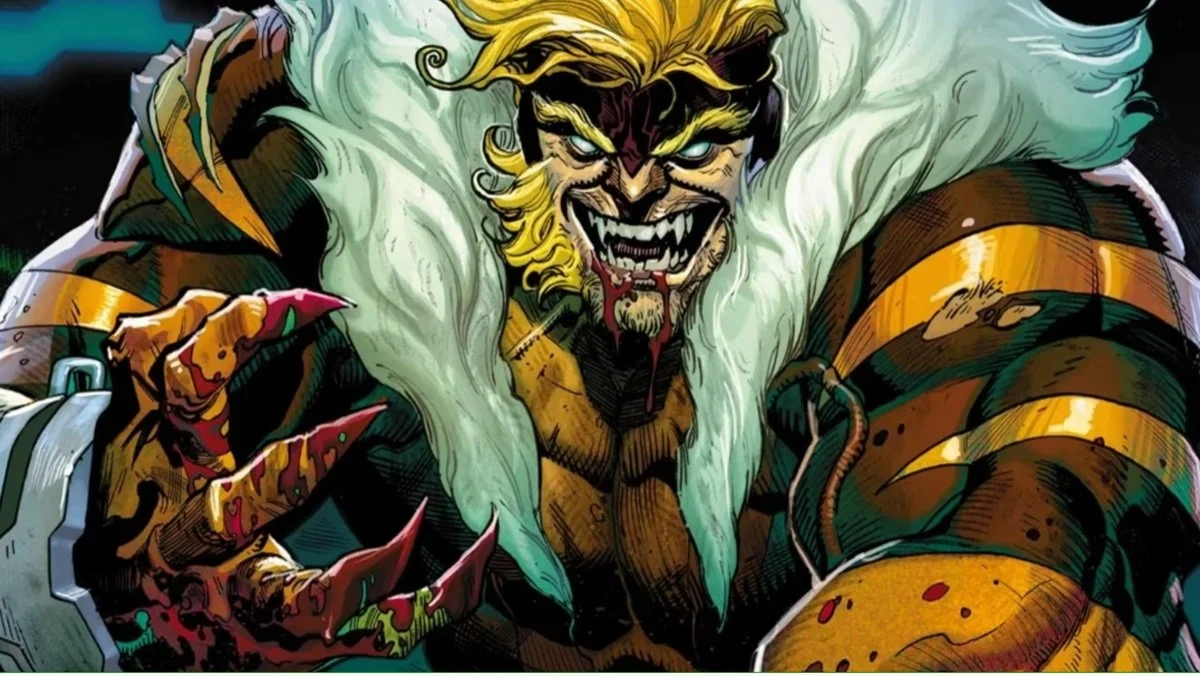
Sabretooth debuted in the ‘Iron Fist’ comic book issue #14 in 1977, created by Chris Claremont and John Byrne. Byrne has said that actor Jack Palance inspired the villain’s look. Sabretooth’s strong, square features, sunken eyes, and prominent teeth created a menacing, movie-villain quality that looked great in the comic’s panels.
That source inspired how filmmakers shot close-ups, using sharp shadows to emphasize cheekbones and a subtly menacing smile to hint at a character’s cruelty without dialogue. The influence also extended to costumes and posture, resulting in a powerfully built character who appeared threatening even when still, and who looked particularly striking in the close-up shots often used during fight scenes.
Kingpin – Sidney Greenstreet

Wilson Fisk, better known as Kingpin, first appeared in a 1967 issue of ‘The Amazing Spider-Man,’ created by Stan Lee and John Romita Sr. His powerful presence and calm demeanor were inspired by actor Sidney Greenstreet. Fisk’s large build, perfectly tailored suits, and relaxed posture immediately conveyed the image of a powerful, commanding figure who controlled situations with quiet authority.
The traditional Hollywood approach fit the character perfectly – a crime boss who favored careful planning over flashy displays of power. Artists modeled the Kingpin character after Sydney Greenstreet, copying his subtle movements and controlled expressions. This made Kingpin a convincing and powerful threat, both as a business leader and a figure in the criminal world, bridging the gap between corporate power and the streets.
Mary Jane Watson – Ann-Margret

Mary Jane Watson first appeared as a fully developed character in ‘The Amazing Spider-Man’ #42 in 1966. Stan Lee wrote the story, and John Romita Sr. led the artwork, drawing inspiration from actress Ann-Margret. Her look – full hair, a confident smile, and stylish clothes – captured the glamour of a 1960s movie star, making her instantly recognizable to readers.
This inspiration shaped MJ’s work as a model, her appearances in clubs, and her performances on stage, giving her a glamorous but relatable style. Her look, inspired by current magazine photography with its use of lighting, eye expressions, and poses, helped establish her as a believable figure within New York’s vibrant social and entertainment scene.
Shang-Chi – Bruce Lee

Shang-Chi first appeared in Marvel’s ‘Special Marvel Edition’ #15 in 1973, created by Steve Englehart and Jim Starlin. The character’s development coincided with a surge in popularity for martial arts films, and Bruce Lee’s fighting style – known for its speed, accuracy, and underlying philosophy – heavily influenced Shang-Chi’s moves. The character’s physical appearance, including a lean build and intense focus, was also inspired by Lee’s public persona.
The comic books focused on efficient movements, open-handed techniques, and close-together fighting positions, mirroring Bruce Lee’s style. Storylines centered on themes of discipline, rigorous training, and self-control, while the artwork showcased strong bodies and graceful action. Everything aimed to capture the essence of a real-life martial arts master who had become the standard for skill and expertise.
Misty Knight – Pam Grier
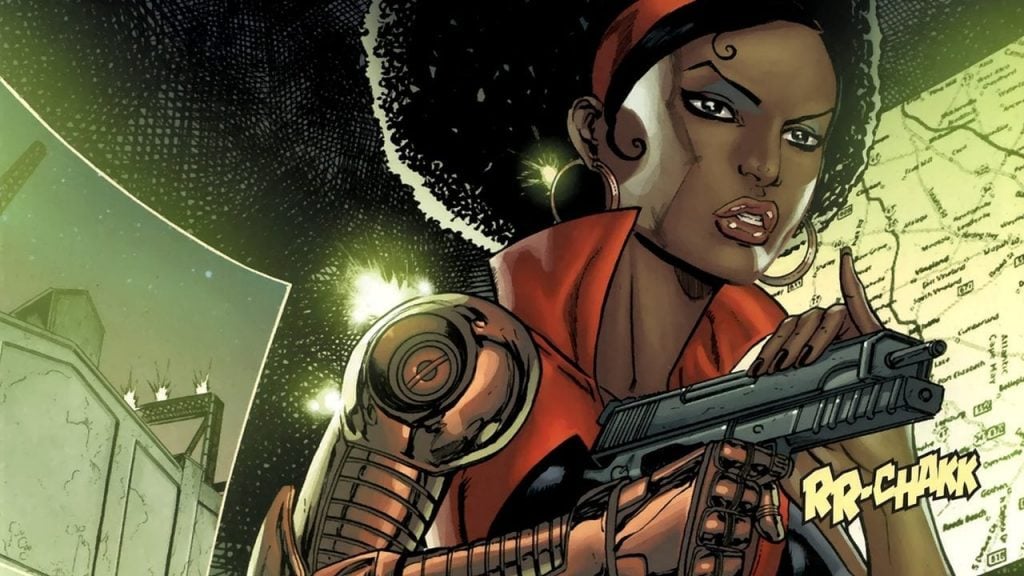
Misty Knight first appeared in ‘Marvel Premiere’ #21 in 1975 and later became a central character in ‘Iron Fist,’ also starting in 1975. Created by Tony Isabella and Arvell Jones, Misty was designed to embody the strong female leads popular in blaxploitation films of the time, drawing inspiration from actresses like Pam Grier in her attitude, hair, and clothing.
Her impact was clear in her edgy street style, self-assured demeanor, and powerful performance in action sequences. While later stories introduced a robotic arm and detective skills, her initial portrayal remained rooted in the strong, iconic female leads of 1970s cinema, giving her a familiar and recognizable background.
Dazzler – Bo Derek

Dazzler first appeared in ‘The Uncanny X-Men’ #130 in 1980, created by a team including Tom DeFalco, Louise Simonson, and John Romita Jr. The character originated from an idea to partner with a record label during the height of disco music. When developing her appearance, artists took inspiration from actress Bo Derek, using her features and glamorous style in the early 1980s comics.
The show’s costumes, lighting, and the singer’s image blended the character’s world with the energy of pop music and nightlife, drawing connections between comic books and music. The character’s light-based abilities allowed artists to create dynamic scenes filled with flashing lights and sparkle, while the visual style, inspired by Bo Derek, kept the presentation current with popular celebrity trends.
Doctor Doom – Death’s-head Masks and Boris Karloff

Doctor Doom debuted in ‘Fantastic Four’ #5 in 1962, created by Stan Lee and Jack Kirby. His iconic masked appearance and commanding presence were inspired by historical European armor and classic horror imagery. Many artists have pointed to the subtle threat conveyed by Boris Karloff as a key influence on Doom’s demeanor, and his mask’s design draws from the bold, dramatic imagery of theatrical skulls.
These influences shaped Doom’s imposing appearance, from his dramatic cloak and deliberate movements to the way his speech bubbles were designed. By combining the look of a famous actor with elements of traditional stage performance, creators built a villain whose power came from his striking visual presence and formal mannerisms, allowing him to command attention both in battles with other heroes and in more refined settings.
Share which real world influences you have spotted in other Marvel characters in the comments.
Read More
- Silver Rate Forecast
- Gold Rate Forecast
- Красный Октябрь акции прогноз. Цена KROT
- MSCI’s Digital Asset Dilemma: A Tech Wrench in the Works!
- Dogecoin’s Big Yawn: Musk’s X Money Launch Leaves Market Unimpressed 🐕💸
- Bitcoin’s Ballet: Will the Bull Pirouette or Stumble? 💃🐂
- Guardian Wealth Doubles Down on LKQ Stock With $1.8 Million Purchase
- Binance and Botim Money Join Forces: Crypto in the UAE Gets a Boost-Or Does It? 🚀
- Twenty One Capital’s NYSE debut sees 20% fall – What scared investors?
- Monster Hunter Stories 3: Twisted Reflection gets a new Habitat Restoration Trailer
2025-10-06 03:16